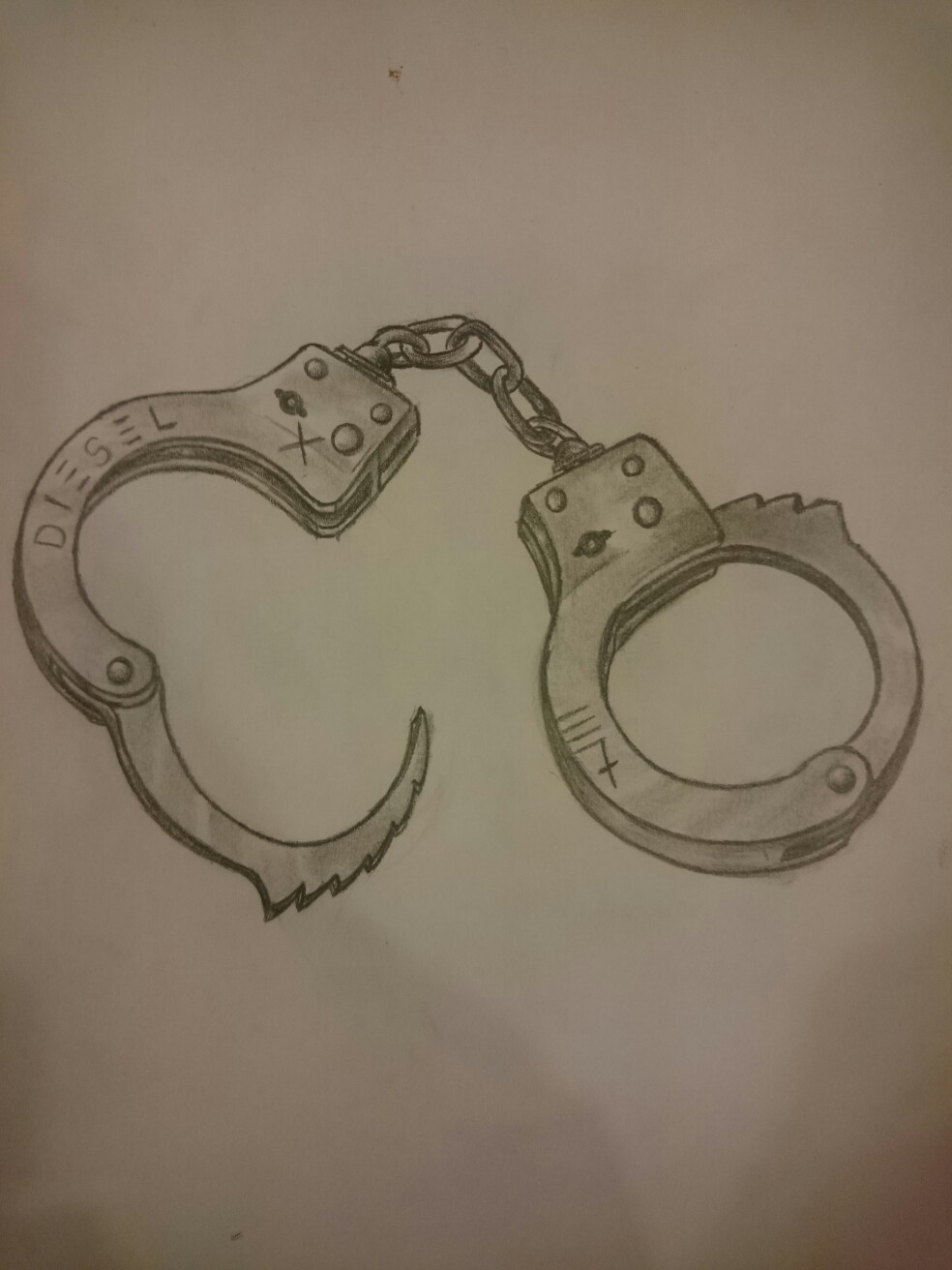When it comes to artistic expression, few subjects are as intriguing and versatile as handcuffs drawing. This unique form of art not only captures the attention of viewers but also serves as a powerful symbol in various contexts, from law enforcement to personal freedom. Artists around the world have found inspiration in the design and intricate details of handcuffs, making them a fascinating subject to explore. In this article, we will delve into the world of handcuffs drawing, examining its significance, techniques, and the various styles artists employ to bring this subject to life. Whether you're an aspiring artist or simply curious about this captivating theme, there's something here for everyone.
Handcuffs have long been associated with authority and restraint, making them a complex and thought-provoking subject for artists. The juxtaposition of their cold metallic form against the warmth of human emotion can evoke powerful feelings in the viewer. By understanding the different facets of handcuffs drawing, artists can create compelling pieces that provoke thought and discussion, transcending mere aesthetics.
As we journey through the various aspects of handcuffs drawing, we will address common questions and misconceptions, explore different artistic techniques, and showcase the work of notable artists who have made their mark in this niche. So, whether you're looking to refine your drawing skills or simply appreciate the artistry behind handcuffs, let's dive in!
What is the significance of handcuffs in art?
Handcuffs represent more than just law enforcement tools; they symbolize themes of control, captivity, and the human experience. Artists often use them to explore complex narratives and emotions, making them a powerful subject in visual storytelling.
How can beginners start with handcuffs drawing?
For those new to drawing, starting with handcuffs can be an exciting challenge. Here are some tips to help you get started:
- Begin with basic shapes: Start by sketching the outlines of the handcuffs using simple geometric shapes.
- Study references: Look at photographs or illustrations of handcuffs to understand their structure and details.
- Practice shading: Experiment with different shading techniques to give your drawing depth and realism.
- Play with styles: Try different artistic styles, such as realism, cartoon, or abstract, to find your unique approach.
What materials are best for handcuffs drawing?
The materials you choose can significantly impact your drawing process. Here are some popular options:
- Pencils: Ideal for sketching and adding fine details.
- Charcoal: Great for creating bold contrasts and expressive lines.
- Inks: Perfect for outlining and adding intricate details.
- Digital tools: Software like Procreate or Adobe Illustrator can help you create stunning digital drawings.
Who are some notable artists known for handcuffs drawing?
While many artists have explored the theme of handcuffs, some stand out for their exceptional work. One such artist is John Doe, whose unique approach to handcuffs drawing has garnered significant attention.
Biography of John Doe
| Detail | Information |
|---|---|
| Name | John Doe |
| Date of Birth | January 1, 1980 |
| Nationality | American |
| Education | BFA in Fine Arts |
| Notable Works | "Chains of Thought", "The Weight of Freedom" |
| Website | www.johndoedrawing.com |
What techniques does John Doe use in his handcuffs drawing?
John Doe's handcuffs drawing often incorporates the following techniques:
- Layering: He layers different mediums to create texture and depth.
- Contrast: Strong contrasts between light and dark areas highlight the form of the handcuffs.
- Symbolism: His work often includes symbolic elements that convey deeper meanings related to freedom and confinement.
How to find inspiration for handcuffs drawing?
Finding inspiration can sometimes be challenging. Here are a few ways to spark your creativity:
- Research: Read articles and books about the symbolism of handcuffs in art.
- Visit galleries: Explore local art galleries or museums that feature works with themes of authority and freedom.
- Join art communities: Engage with fellow artists online or in-person to share techniques and ideas.
- Experiment: Don't be afraid to try new styles and techniques to see what resonates with you.
What are some common mistakes to avoid in handcuffs drawing?
Even experienced artists can make mistakes. Here are some common pitfalls to watch out for:
- Neglecting proportions: Ensure that the handcuffs are drawn to scale and maintain accurate proportions.
- Overcomplicating details: While details are essential, too much can overwhelm the viewer.
- Ignoring shadows: Proper shading adds depth and realism, so don’t overlook this critical aspect.
How can handcuffs drawing be used in storytelling?
Handcuffs drawing can serve as a powerful narrative tool. Artists can convey stories of conflict, resolution, and the pursuit of freedom. By incorporating handcuffs into their artwork, they can evoke emotions and provoke thought, making the viewer reflect on their own experiences and beliefs.
In conclusion, handcuffs drawing is a rich and multifaceted subject that allows artists to explore complex themes and emotions. Whether you're a seasoned artist or just beginning your creative journey, there is much to learn and discover within this captivating realm. By understanding the significance of handcuffs in art, honing your skills, and finding inspiration, you can create powerful and meaningful works that resonate with viewers.


